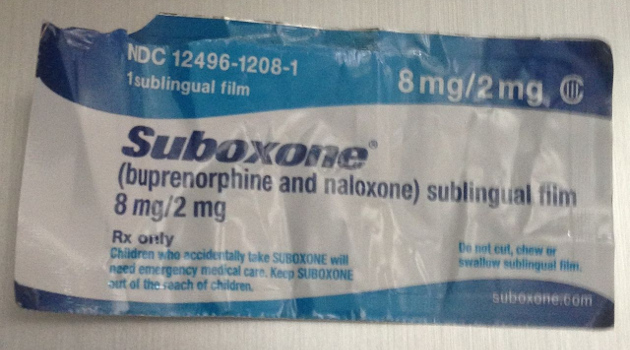This article originally appeared on WisOpinion.com on January 10, 2017.
It is said that the states are laboratories of democracy. While the federal government dithers in gridlock, states can act to solve problems and learn from the experiences of their neighbors. Wisconsin today has just such an opportunity to put an end to a vicious cycle of taxpayer waste, and improve public health to boot.
Wisconsin Attorney General Brad Schimel took the lead earlier this year in a 36-state lawsuit against the makers of Suboxone, a drug used to treat opioid addiction. Wisconsin DHS Secretary Linda Seemeyer calls opioid addiction a “public health crisis that is destroying lives and families across the state.” Suboxone, and the anti-competitive practices of its manufacturer, is at the center of this costly public policy issue.
The main active ingredient of Suboxone, buprenorphine, is endorsed by the American Society of Addiction Medicine as an appropriate bridge to help break addicts of opioid dependence. Itself a weak opioid, buprenorphine helps addicts beat their addictions by reducing the harmful side-effects of withdrawal, but it also poses its own risks.
Those risks have been amplified by the questionable practices of Suboxone’s manufacturer. Rather than accept the expiration of their patent in 2009 and the competition from cheaper generics that would follow, the company engaged in “product hopping” to secure a new patent by slightly tweaking their product without making any real improvements, according to the anti-trust suit.
They are also accused of a baseless fear campaign against tablet forms of Suboxone in order to justify the “invention” of their new filmstrip product. It’s the same drug in a different shape, but due to their deceptions, the lawsuit claims, it was enough to get a new patent and extend their monopoly.
Unfortunately, the filmstrips are also susceptible to abuse on the black market. They are convenient for smuggling into prisons and easy to cut for recreational use. So because it wanted to avoid competition, Suboxone’s manufacturer is contributing to the very opioid epidemic their drug is supposed to help solve, all the while charging sky-high prices and making a mint from the extra need for treatment they helped create. And taxpayers are on the hook not just for the cost of Suboxone through programs like Medicaid, but also for the enforcement problems created by the new filmstrips.
Ultimately, the FDA rejected the claim–which the AG’s suit alleges was a fraudulent conspiracy–that the same pill bottles Suboxone’s makers made billions off of were suddenly a health risk to children once their patent expired, and the agency approved a tablet alternative. This form uses 30 percent less buprenorphine to provide the same effect as Suboxone, which means less chance of it being abused and contributing to, rather than helping to solve, the opioid addiction crisis.
It is now up to Wisconsin and other states to begin undoing the damage caused by the regulatory abuses of Suboxone’s manufacturers by making alternatives more accessible to the public and relieving taxpayers of the burden of paying monopoly prices through Medicaid.
Wisconsin should follow the lead of Maryland and Kentucky and update the state’s Medicaid formulary to no longer favor Suboxone over newer, more effective, and cheaper alternatives. Maryland has already seen a 41 percent decrease in Suboxone contraband recovered at its correctional facilities in just the six months since the change, while a Kentucky Managed Medicaid program reduced its costs by almost half within two years of switching from Suboxone, savings millions each year. Why shouldn’t Wisconsin do the same?

